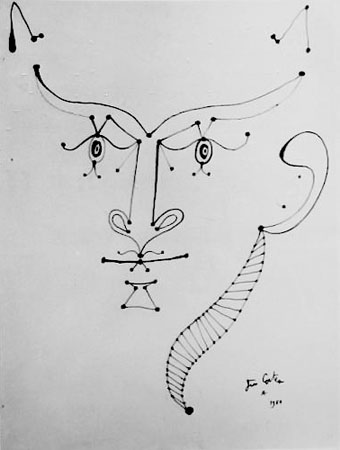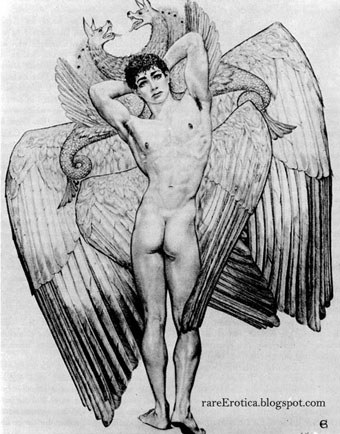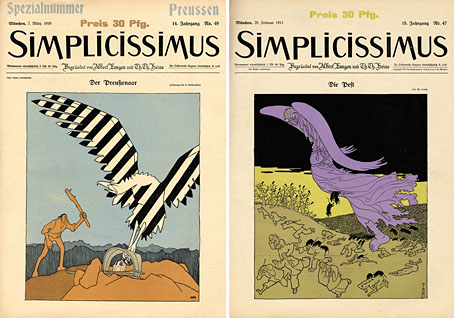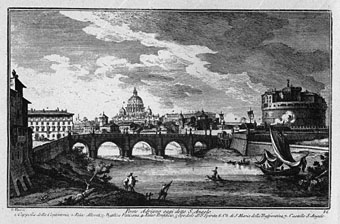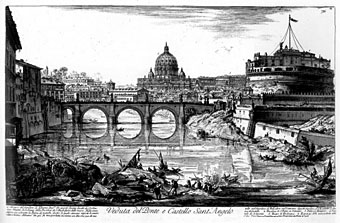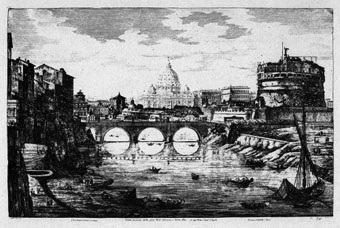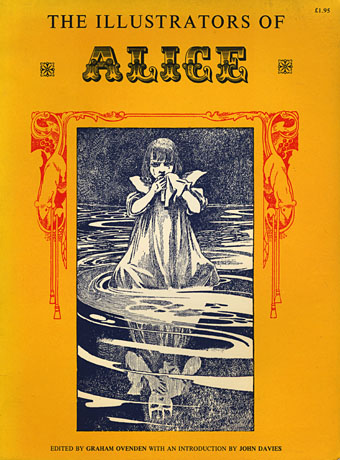
Latest book purchase is this large format volume from 1972, one of a number of interesting art books produced by Academy Editions in the early seventies. I also have their monographs on Odilon Redon, “insane” painter Richard Dadd, and their collection of Félicien Rops‘ pornographic and “Satanist” drawings which remains one of the few Rops books published in English.
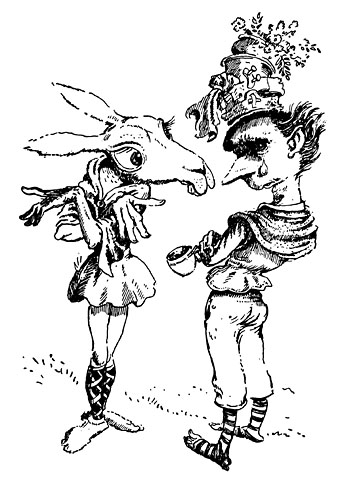
Through the Looking-Glass by Mervyn Peake (Allen Wingate, London, 1954).
This collection is worth seeking out if you’re interested in minor Victorian and Edwardian illustrators. The book goes through each chapter of the Alice stories showing examples of illustrated editions by a wide range of illustrators and artists, from Lewis Carroll’s original drawings, Tenniel’s inimitable renderings, then on through the twentieth century, featuring artists such as Peter Blake, Ralph Steadman and even a picture by Max Ernst. The cover drawing is one of my favourites, from Charles Robinson, brother of the more famous William Heath. I also like the pictures by the great Mervyn Peake, one of the few illustrators who seemed able to overcome Tenniel’s dominance and show us something new.
The Alice books are one of the great “standards” (in the jazz sense) of illustration although I can’t say I’ve ever felt the temptation to approach them myself. Loathsome monstrosities from hideously-angled dimensions beyond space and time, yes; small Victorian girls and white rabbits, no.
Elsewhere on { feuilleton }
• The illustrators archive

